|
7,862,400 seconds 131,040 minutes 2,184 hours 91 days That’s about 24.93% of 2019 that was spent living and breathing all things TRIP, or at least the time from the first lab day to the due date of the last blog. Although we weren’t in the lab for 91 days, we were there for twelve Saturdays. It may seem like a lot, but before we knew it, it was the last day in the lab (even though I knew I’d be back in the same school on Monday, it felt weird leaving TRIP for the last time).
The past twelve weeks have been crazy, grades needed to be maintained (even though senioritis kicked in), scholarships needed to be applied for, and TRIP homework assignments needed to be completed. Some people might wonder why would anybody willingly apply for something that would take Saturdays away and result in an increased workload. If it was up to me, I would do it all again in a heartbeat. The skills and friendships I have made in TRIP will outlast twelve weeks, they will be what I remember from TRIP, not racing the clock to turn in assignments on time, well maybe I will remember that at least for a little bit. :) Spending weeks on a project to have the data show there is no difference in fly offspring memory if the parental flies had head trauma, was disappointing. I expected poorer memory in the offspring, but even though I did not see a decrease in offspring memory, there was an increase in fertility. Honestly, I was disappointed, for I wanted to prove my dad wrong, to show him that the effects of a concussion could be passed down. However, my biggest takeaway from TRIP was that data is data, the numbers don’t lie, and what Dr. Purdy, Dr. Leystra, and Dr. Gardiner showed me was that the numbers may not be what we want, but there is always something more to be found. Using data I didn’t think I would use, the free developmental data, I found my greatest, most intriguing data. There was an increase in pupae in the condition where flies received double head trauma! Unexpected and surprising, but that’s science for you. That’s what I love about science: finding something you weren’t even looking for. A few years ago I would think you were crazy if you said future me would give up my Saturdays, but it’s true; I would even give up a few more Saturday to train some more larvae. My TRIP days as a student are coming to an end., the final symposium nears, and the nerves are starting to kicking in. But as I finish my last blog, I want to leave future TRIP students with this: don’t be afraid to try something new, try a new assay, make new friends, and most importantly don’t think you can’t draw, because trust me if I can make a graphical abstract, so can you. :)
0 Comments
Dread it... run from it... destiny still arrives. The culmination of all 21 MCU movies (12 weeks of TRIP sessions), we have finally reached the endgame (final symposium).  I came into this program expecting to work in an intense lab, administered by intimidating directors, and working with awkward peers. Instead, I found myself hanging out in a thrilling playground, guided by caring mentors, and making genuine friends. Here’s a little synopsis of what went down during the past 12 weeks. 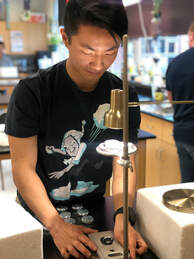 It took me quite a while to find a way to do this because there wasn’t an assay that we had in our “techniques packet” that specifically measured impulsivity. Enduring the many failures of ideas that I thought would work, I was able to design a new assay that could measure impulsivity. It involved putting a fly in a dark space with a strong light coming down on the middle where an attractant is placed. Normally, the fly would tend to avoid strong light in a dark space and are less likely to move into the center in an open area, but with the attractant in the middle, I could set the lies up to make impulsive decisions to go in the center. Interestingly, my data showed strong evidence that nicotine did, in fact, increase the fly’s tendency to make impulsive decisions, but the dosage of the nicotine did not seem to make a significant change. Despite my rather poor performance towards the beginning, I was actually able to develop a genuine curiosity and desire to learn, and I would like to think that this showed in the improved quality of work I was able to produce throughout my independent project. 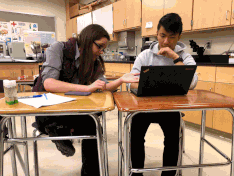 All in all, TRIP was an extremely fulfilling experience that introduced me to a world of science that I had absolutely no sight of, and I can tell that there is so much more to explore in this field. I made great friends and even more amazing mentors. Hopefully, I continue to keep in touch with them even after the end of this amazing program (wink). Some people move on. But not us. Not us. 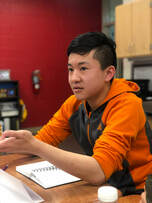 Wow, this TRIP really flew by! I can’t express how thankful I am to have met such amazing instructors and friends who helped me grow in not only science but also as a person. I’ll definitely miss working in the lab and sharing great ideas with everybody. TRIP has taught me important life skills that can be used outside of science, such as time management, when to reach out for help, and how to overcome failures. Even as an individual who is interested in aerospace and engineering, this amazing opportunity really helped me gain scientific research experience, built my communication and teamwork skills, and taught me about effective data analysis and presentation. 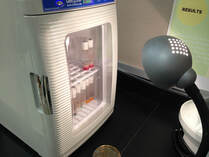 Constant light disrupts circadian rhythm Constant light disrupts circadian rhythm Additionally, I realized that research is not just a straightforward path but a winding and turning path with obstacles, failures, and unending discoveries. I would definitely recommend TRIP to any student who is enthusiastic about science and looking to expand their STEM knowledge. 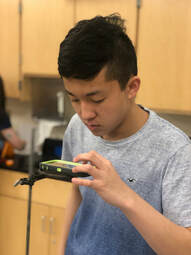 For my independent project, I studied how disrupted circadian rhythms affect the physical and social activity of fruit flies and how the drug, Adrafinil, may be able to reverse these effects. I disrupted the flies’ circadian rhythm by using constant light with a lamp, hindering their sleep cycle. By using the negative geotaxis assay that measures fly locomotion and the social space assay that measures fly anxiety and mood, I collected my data and found some interesting results. I discovered that although Adrafinil is able to counteract the negative effects of a disrupted circadian rhythm to some degree, it is not able to return the flies to their pre-disrupted-circadian-rhythm conditions. With these results, I can conclude that although Adrafinil may be able to benefit a person in the short-term, a good night’s sleep will always be the better choice. 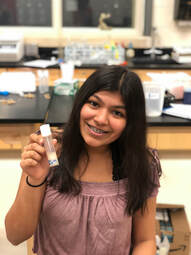 Back in February I couldn’t think of a project to research and now I’m sad that my project has concluded. I tested whether fenugreek, a natural remedy, could mitigate the detrimental effects that caffeine had on fertility and development. On average, most American drink about 3 cups of coffee a day and that amount of caffeine can reduce fertility. Fenugreek, on the other hand, is a natural herb used in Indian cooking that is said to increase fertility. I chose a natural a remedy over a prescription medicine because my family generally turns to natural remedies to treat certain ailments. In the end, I wanted to test whether fenugreek could ameliorate the effects that caffeine had on fertility and development because it can be integrated into the diet and help coffee-drinkers with unsuccessful pregnancy attempts. To test my question, I performed the female fertility assay for both P1 and F1 generations and the social space assay. Being overzealous, I believed that I would have enough time and the assays would overlap perfectly… sadly it was quite the opposite. My fervent plans left me with ample amounts of work to complete even after the overlap period. In the end, though, I become much faster and better with my time and I even decided to add another assay into the mix: male fertility. My results supported my hypothesis, that fenugreek would ameliorate the effects of caffeine, so that gave me a lot of hope in completing all of my assays and beginning new ones! 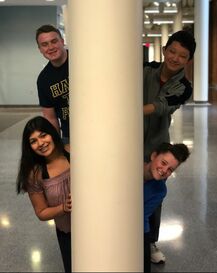 Coming out of TRIP, I can say that I learned much more than just science. For any of you who are reading through these blogs and thinking about applying for TRIP, do it! I would absolutely recommend this program for those who have a deep passion for science and those who are trying to figure out whether research is something they’d be interested in. Whether you end up enjoying working with flies or completely hating them, you learn so many important skills such as collaboration, communication, time management, and multitasking. I am truly so grateful to have gone through TRIP because I realized that research may be a field that I am very interested in going into and I have acquired new lab skills and communication skills. The overall TRIP experience was amazing! Dr. Purdy, Dr. Leystra, and Dr. Gardiner were extremely helpful mentors and gave us so much guidance and help throughout the entire course, they pushed us to think beyond what we saw and encouraged us to try new things
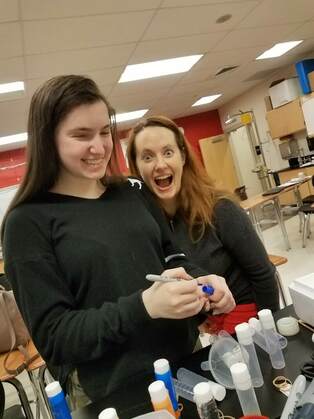 I’ve already accomplished so much during this first month of TRIP! Keeping up with assignments, watching my fruit flies at home, working with my peers, and learning from TRIP teachers have all been a part of the program so far. Just as exciting for me is that I’ve conducted my first TRIP experiment, looked at the blood sugar of flies, and even given my own presentation. The experience has been amazing so far, even if I did have to decapitate a few flies. The experiment I conducted so far allowed me to see measure the blood sugar of flies. I looked into the effects of the herb Fenugreek on blood sugar and I was able to learn Fenugreek does not help to lower blood sugar. This experiment was super cool to me because since I have type one diabetes, I’m constantly managing my blood sugar. For now, tracking my carbohydrates, injecting with insulin, and taking activity/rest into account are the main ways to control my sugars. However, there are so many unproven theories and just plain scams out there which suggest all kinds of ways to lower blood sugar without insulin. They have included things as bizarre as waving one’s arms around in circles to eating medicinal cucumbers. With my first TRIP experiment, I really liked that I could look into whether Fenugreek offers legitimate sugar control, and it was very fascinating to me that I was able to see the blood sugar of flies too. I’m now entering the exciting part of the program, making my own experiment!! One idea I have is to see how blue and warm light affect a fly’s circadian rhythm. I want to do this experiment because I like to use my phone before bed, and phones emit blue light. Blue light is said to decrease sleep quality and affect a human’s circadian rhythm. Apple made a new feature called night shift which makes emits a warmer light and I wanted to see if that warmer light had any impact on my circadian rhythm and sleep quality. This blue light experiment is important to me since I’m a high schooler I want all the sleep I can get and good quality sleep too. Just like my fruit fly sugar experiment which has relevance to health and well-being, the results of this experiment can give me some data to provide some perspective on the connection between my nighttime phone use and the quality of my sleep.
|
Archives
April 2024
Categories
All
|
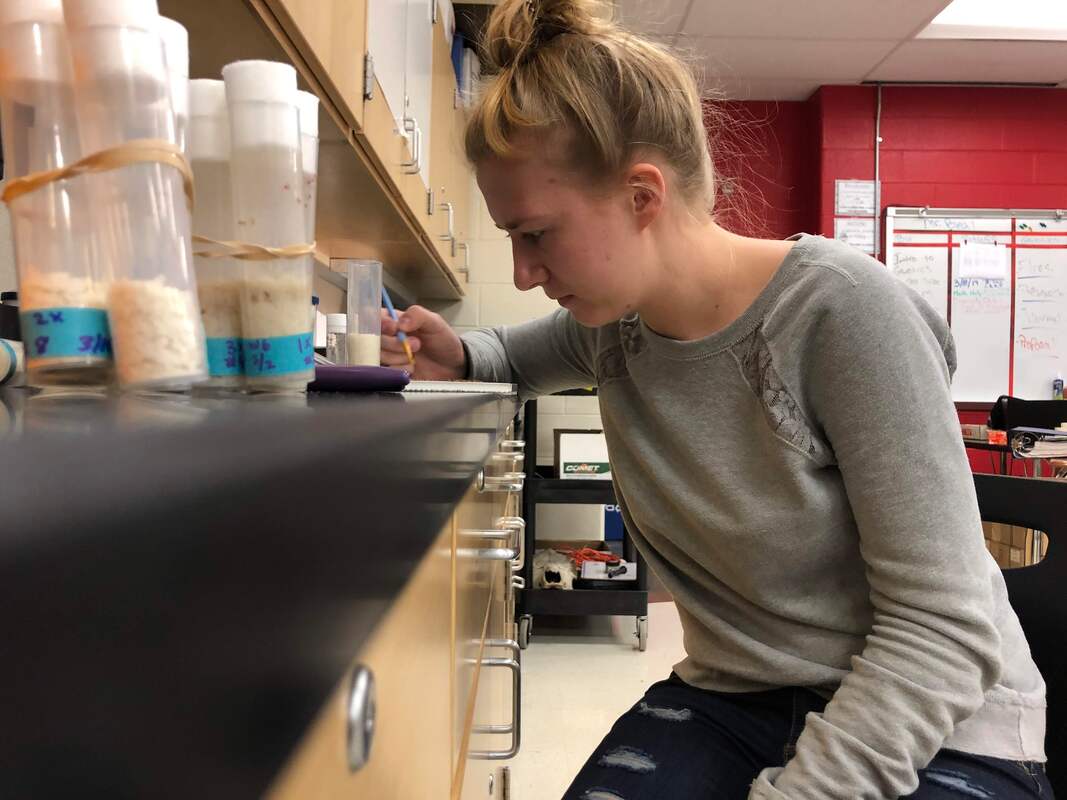
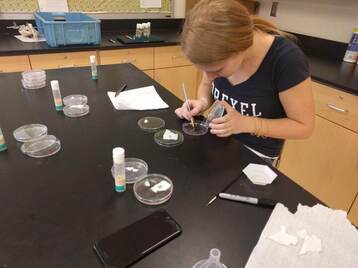
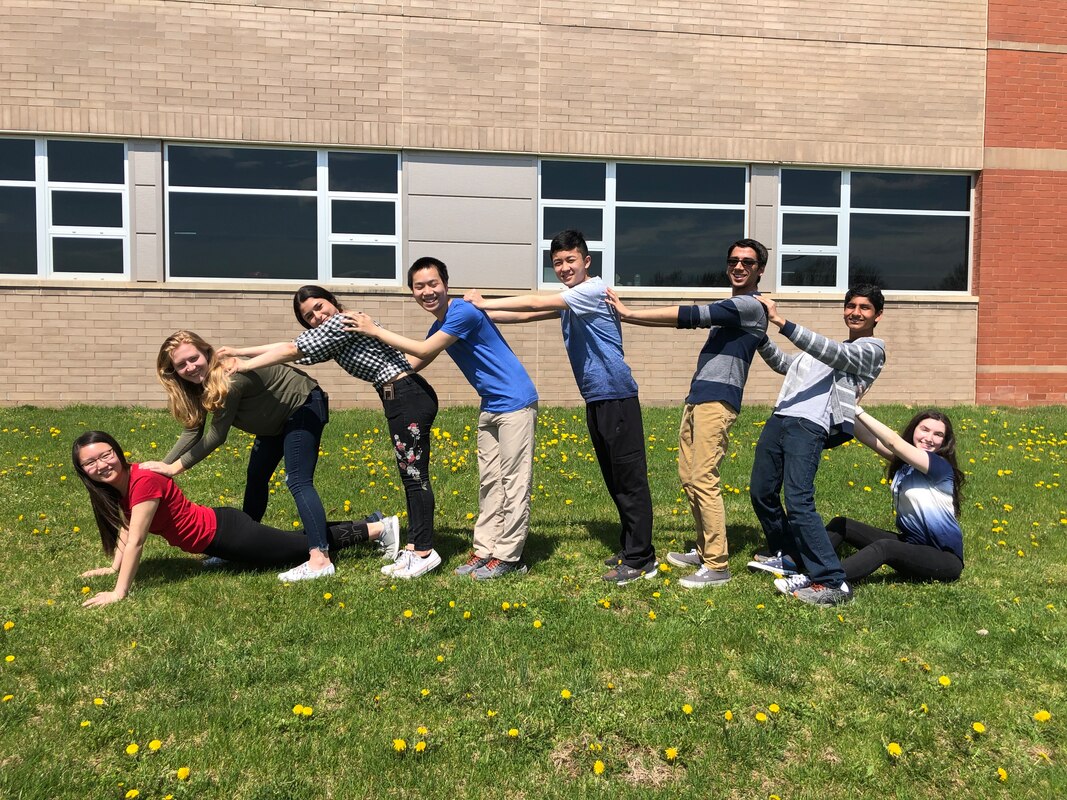
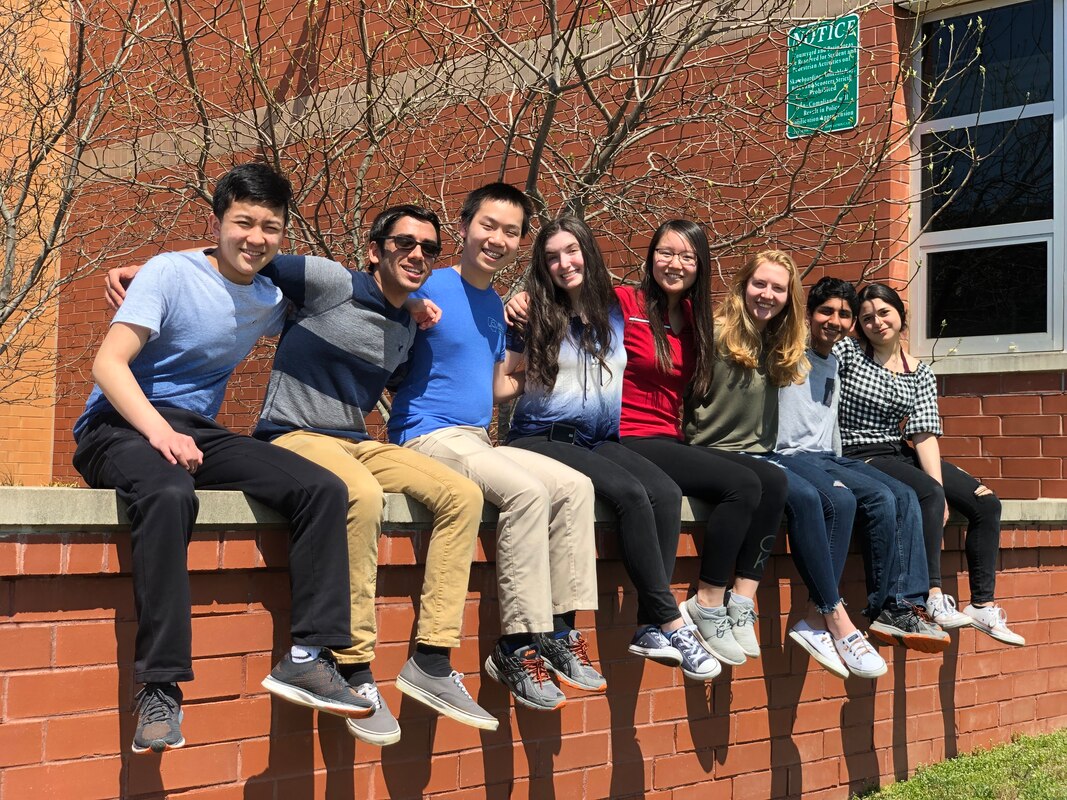
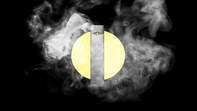
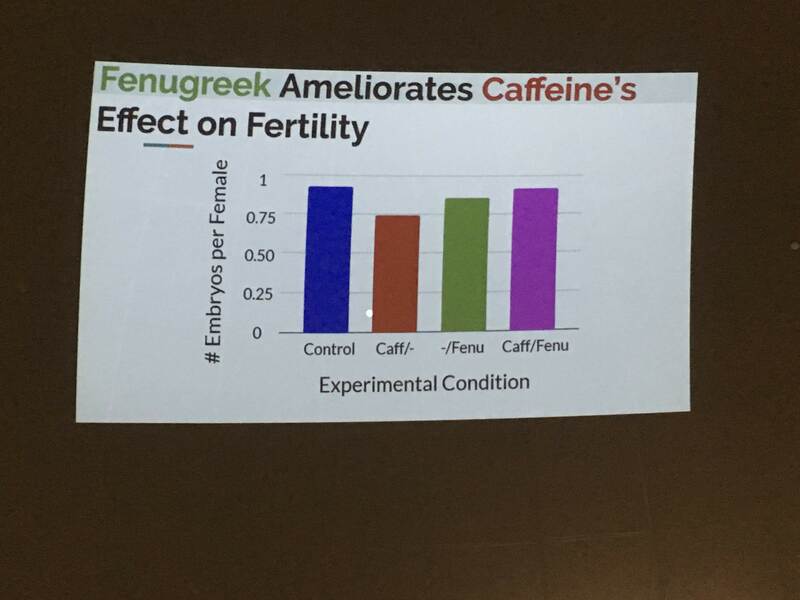
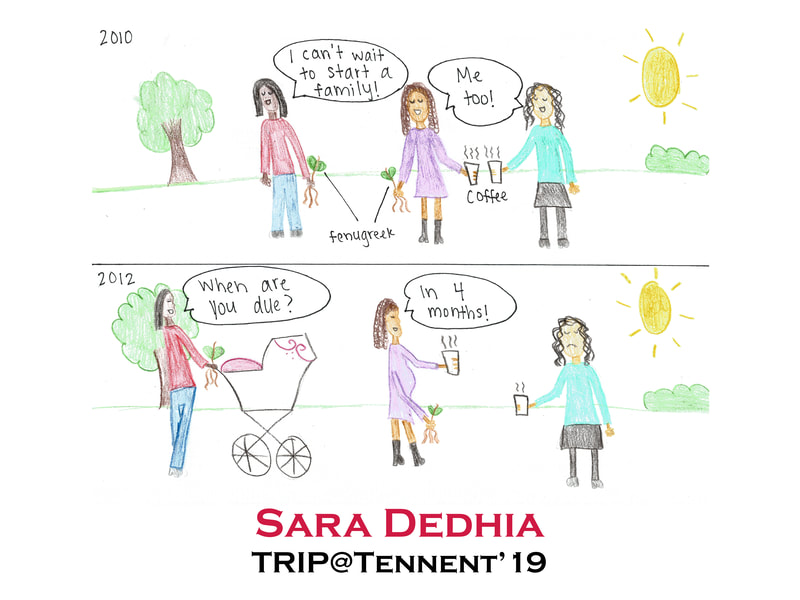
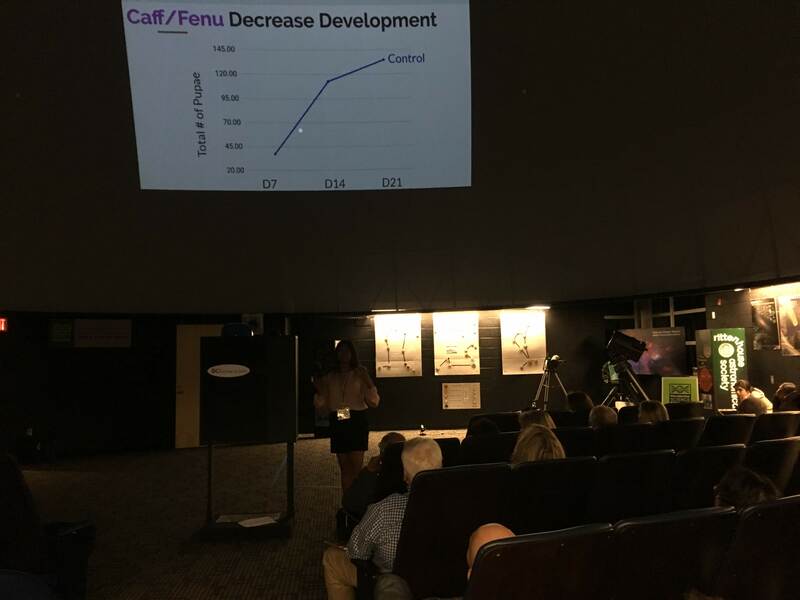
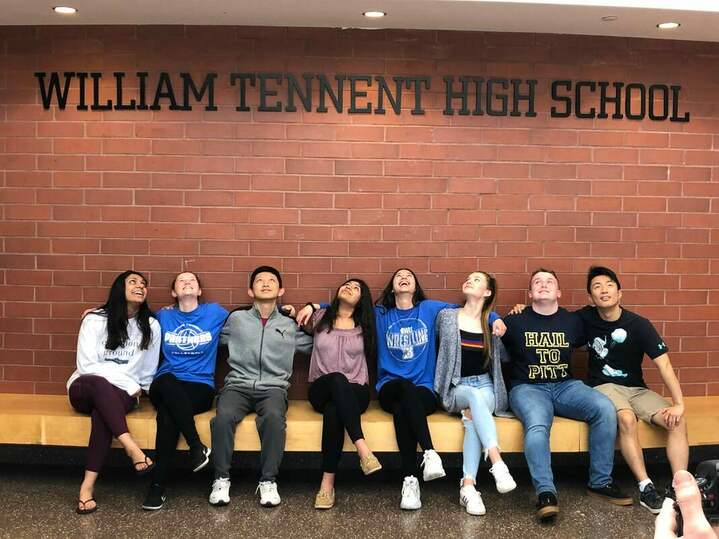
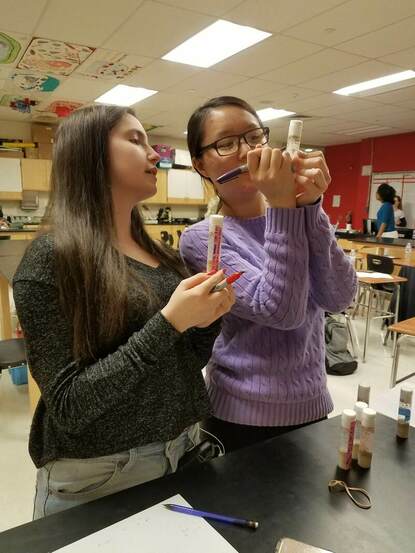

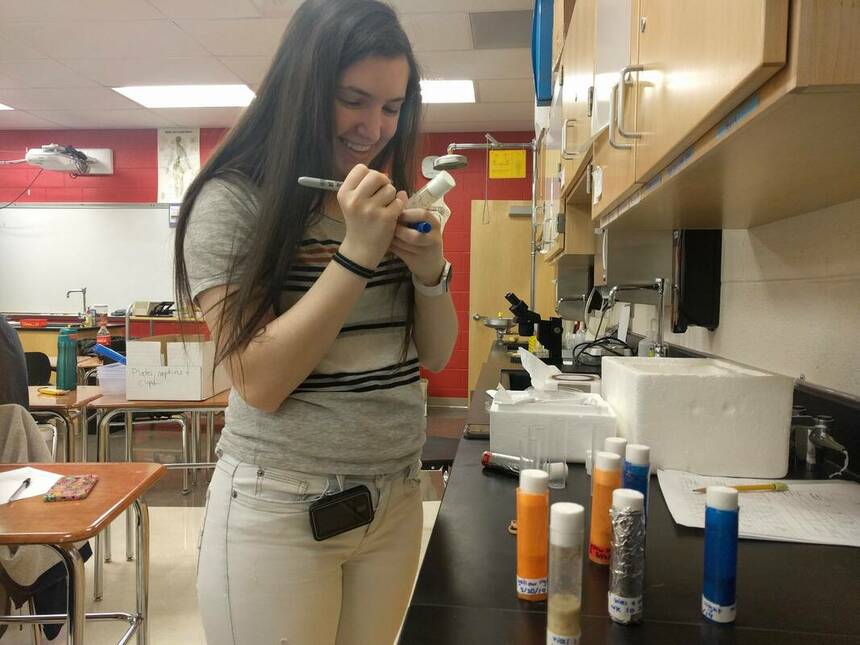
 RSS Feed
RSS Feed